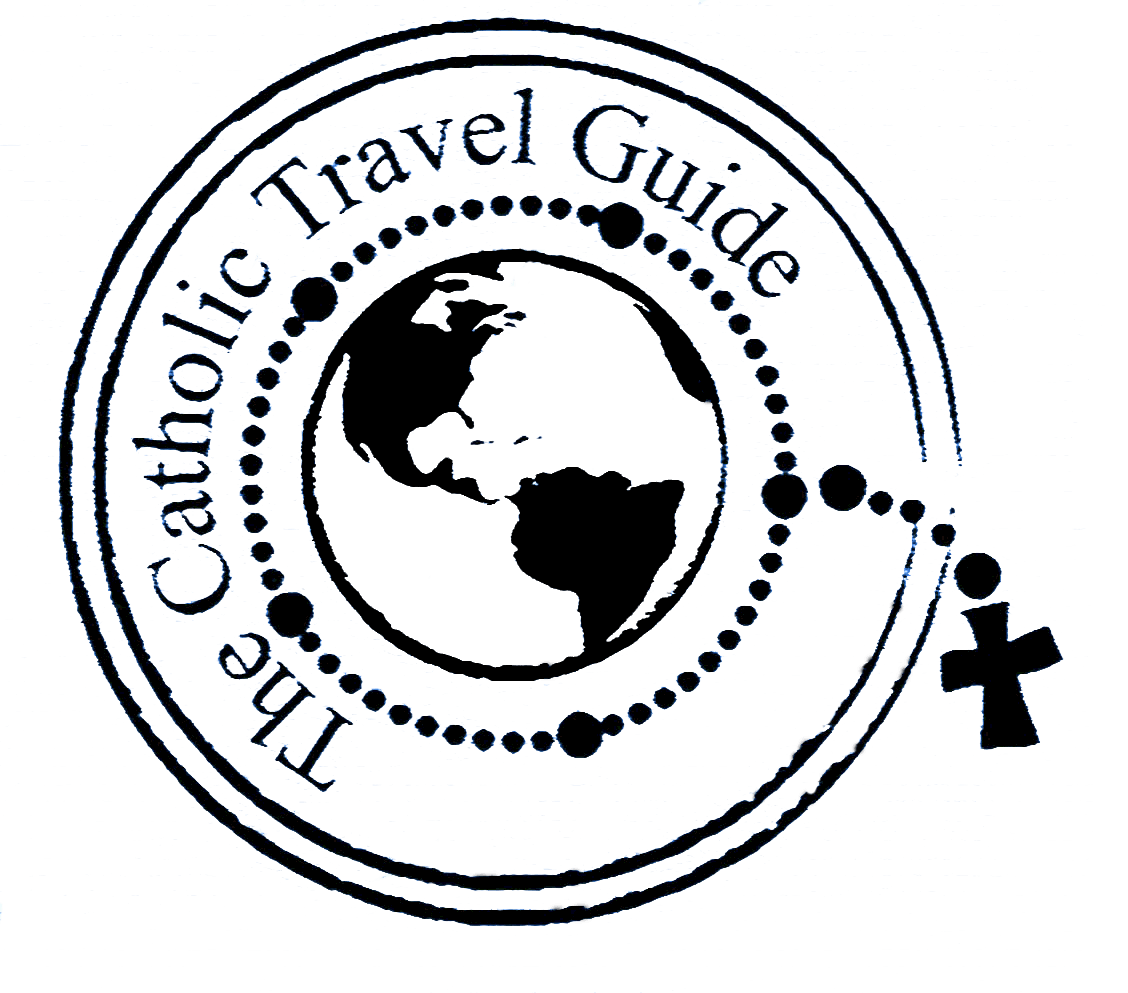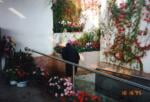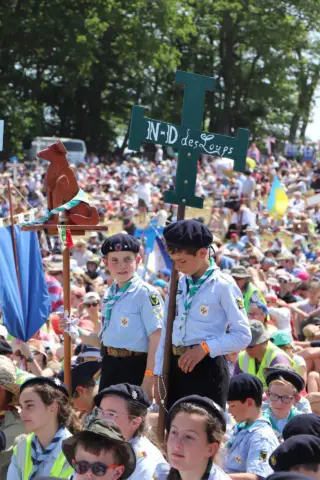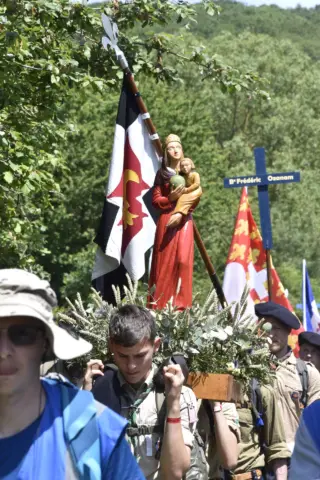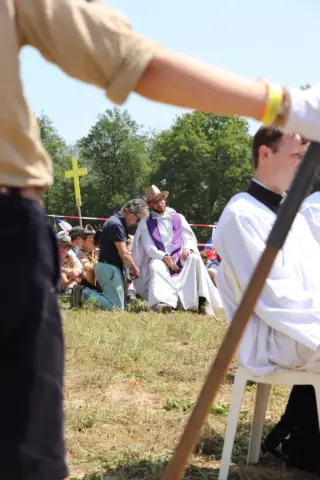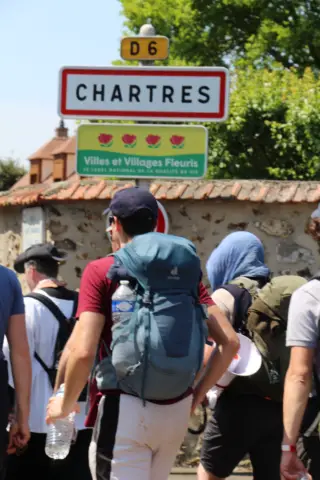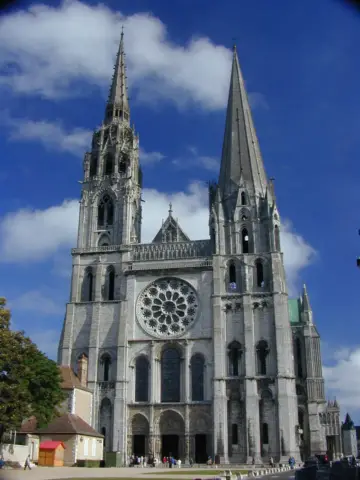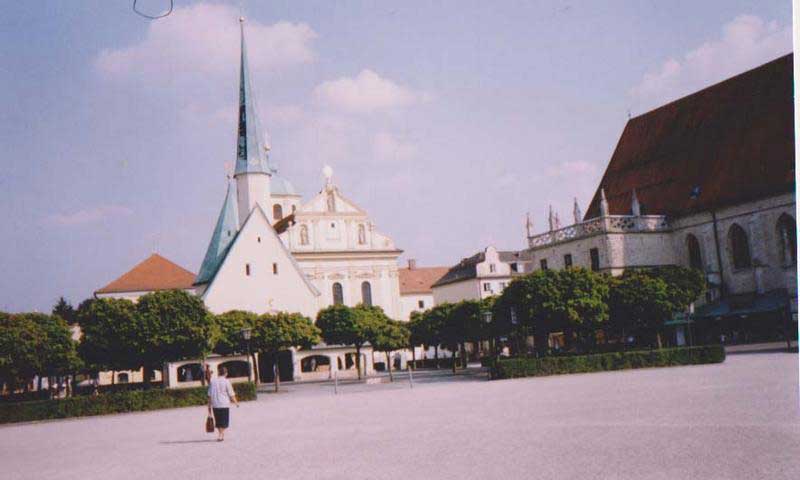 Stigmatists, visionaries, the three days of darkness: terms you may be familiar with; and yet, like us, you probably have friends and relatives who think you are delusional or some kind of religious fanatic to believe such things (perhaps a subject to avoid at those family get-togethers). Oh, they might believe miracles from the Bible, and maybe some prophetic announcements, but that is as far as it goes. People with with stigmata (the wounds of Christ) in the modern era….well, that is just too hard to swallow for many living in our “rational age”.
Stigmatists, visionaries, the three days of darkness: terms you may be familiar with; and yet, like us, you probably have friends and relatives who think you are delusional or some kind of religious fanatic to believe such things (perhaps a subject to avoid at those family get-togethers). Oh, they might believe miracles from the Bible, and maybe some prophetic announcements, but that is as far as it goes. People with with stigmata (the wounds of Christ) in the modern era….well, that is just too hard to swallow for many living in our “rational age”.
This book may not be for those described above….although I liked the page just before the preface “praise for Stigmatists” by Al Kresta, himself a former skeptic of such manifestations. He echoed some of our feelings, saying “When I returned to the Catholic Church, I shied away from purported private revelations, apparitions, relics, stigmatists, and other supernatural and/or preternatural phenomena. I couldn’t shake the sense that there was a whole lot of gullibility passing as faith. But to raise questions was to risk being regarded as an unbeliever and a skeptic“.
Note: we think a healthy dose of skepticism is warranted, but also realize the reality of such signs.
This book shows us that these stigmatists were normal, emotionally well-balanced people and not part of some sort of strange fanatical sect. Many, if not most, of them would probably not wish to have the burden of these physical signs.
Many of the stories in this book are well-known stigmatists. We like the fact that is laid out in Chronological order….beginning with Saint Francis of Assisi (1181/1182-1226), Anne Catherine Emmerich (1774-1824) up to the 20th century….. Saint Faustina (1905-1938), Saint Padre Pio (1887-1968) and many others)
The author then takes up to the 20th and 21st centuries in the chapter “STIGMATISTS AMONG US” such as Alexindra da Costa (1904-1955), Marthe Robin (1902-1981) and a few who were new to us, such as Blessed ….so we especially enjoyed learning about them.
The book points out that these stigmatists were also visionaries, having experienced visits from saints and even Jesus Christ Himself. The final chapter summarizes some of the prophetic warnings given to these stigmatists, many of whom were given visions of Hell and told of the coming ‘Three Days of Darkness‘.
This book is well-researched, as you can tell by the credits. Since this is really a series of short stories, it is great for reading in front of the tabernacle at Adoration, perhaps in bed, or whenever you have a chance for some quiet time in what, for most of us, has become a very busy life.
About the author:Paul G. Kengor is an author and professor of political science at Grove City College and the executive director of Institute for Faith and Freedom, a Grove City College conservative think tank/policy center. He is also a visiting fellow at the Hoover Institution on War, Revolution, and Peace.
The book has yet to be released, the release date is September 24, 2024. You can pre-order it now through the TAN Books website. Once released, you can find it at most major bookstores.
